Why Botticelli burned his paintings? Afrinik

Sandro Botticelli Agony in the Garden Agony in the garden
Did Botticelli burn his greatest paintings? Today marks the anniversary of the Bonfire of the Vanities. Could the artist have stoked the fire with his own work? We don't know a lot about Botticelli.

Pin on Art Sandro Botticelli
La Primavera (c. 1482) Botticelli's famous Primavera artwork, which translates as "Spring," is one of the most important paintings in the Uffizi Museum in Florence. The painting's exact significance is uncertain, although it was most likely produced for Lorenzo di Pierfrancesco's marriage in May 1482.

1474,Sandro Botticelli 14451510, Adoration of the Magi, National
In addition to the mythological subjects for which he is best known today, Botticelli painted a wide range of religious subjects (including dozens of renditions of the Madonna and Child, many in the round tondo shape) and also some portraits.
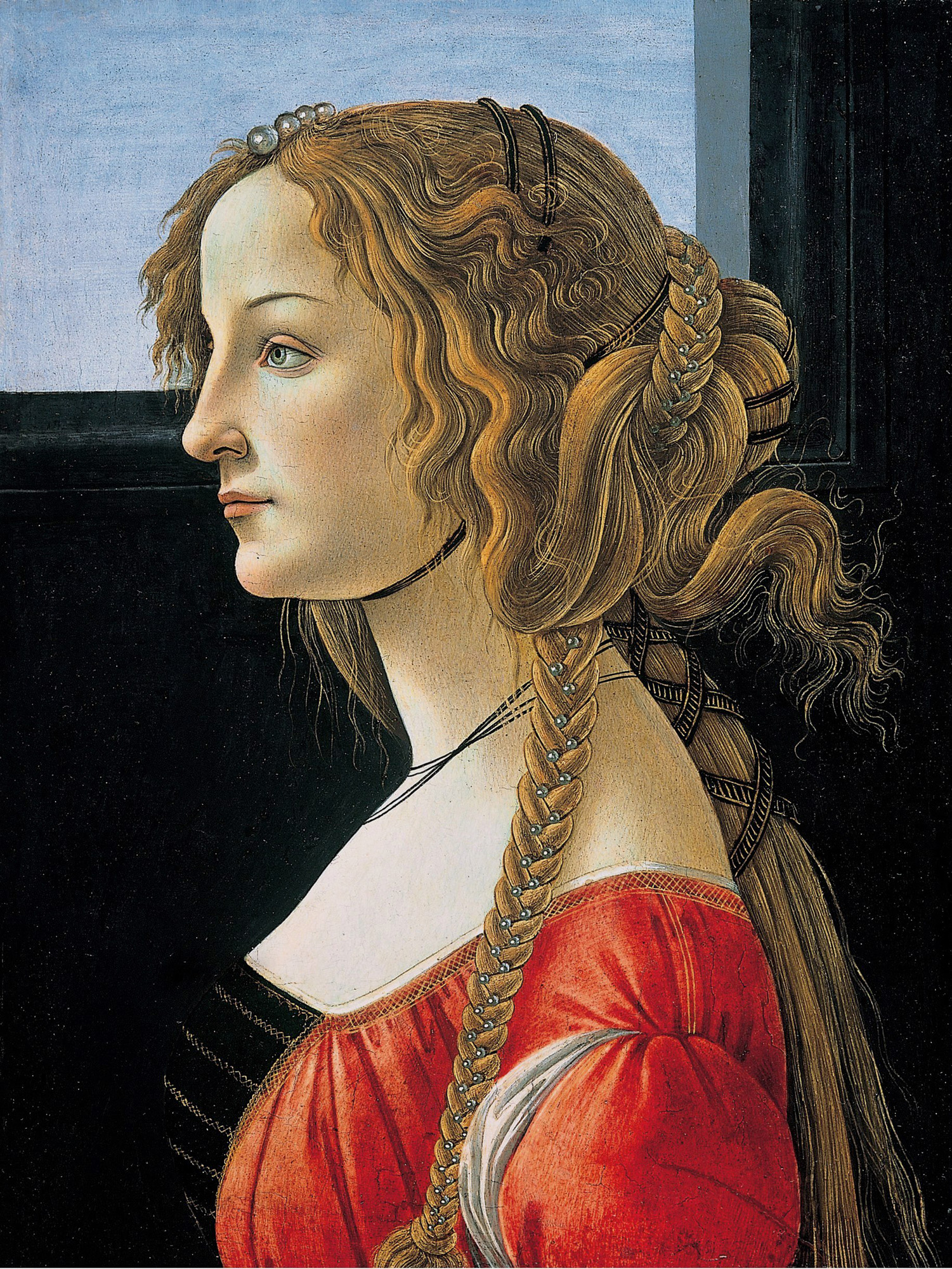
"Portrait of a Young Woman" by Sandro Botticelli Daily Dose of Art
The monk who made Botticelli burn his paintings Meet the Italian friar who's one of the worst villains in art history and popularised the phrase, Bonfire of the Vanities Today, the burning of works by a Renaissance master would be viewed as nothing less than cultural vandalism.

High Art Were Botticelli's Venus And Mars Stoned? NPR
O ne of the last great masterpieces remaining in private hands by renowned Renaissance artist Sandro Botticelli will star in Sotheby's annual Masters Week sales series in New York in January 2022 with an estimate in excess of $40 million. Executed in the late 15th/early 16th century, The Man of Sorrows is a masterful late period work by the artist, when Botticelli was greatly influenced by.
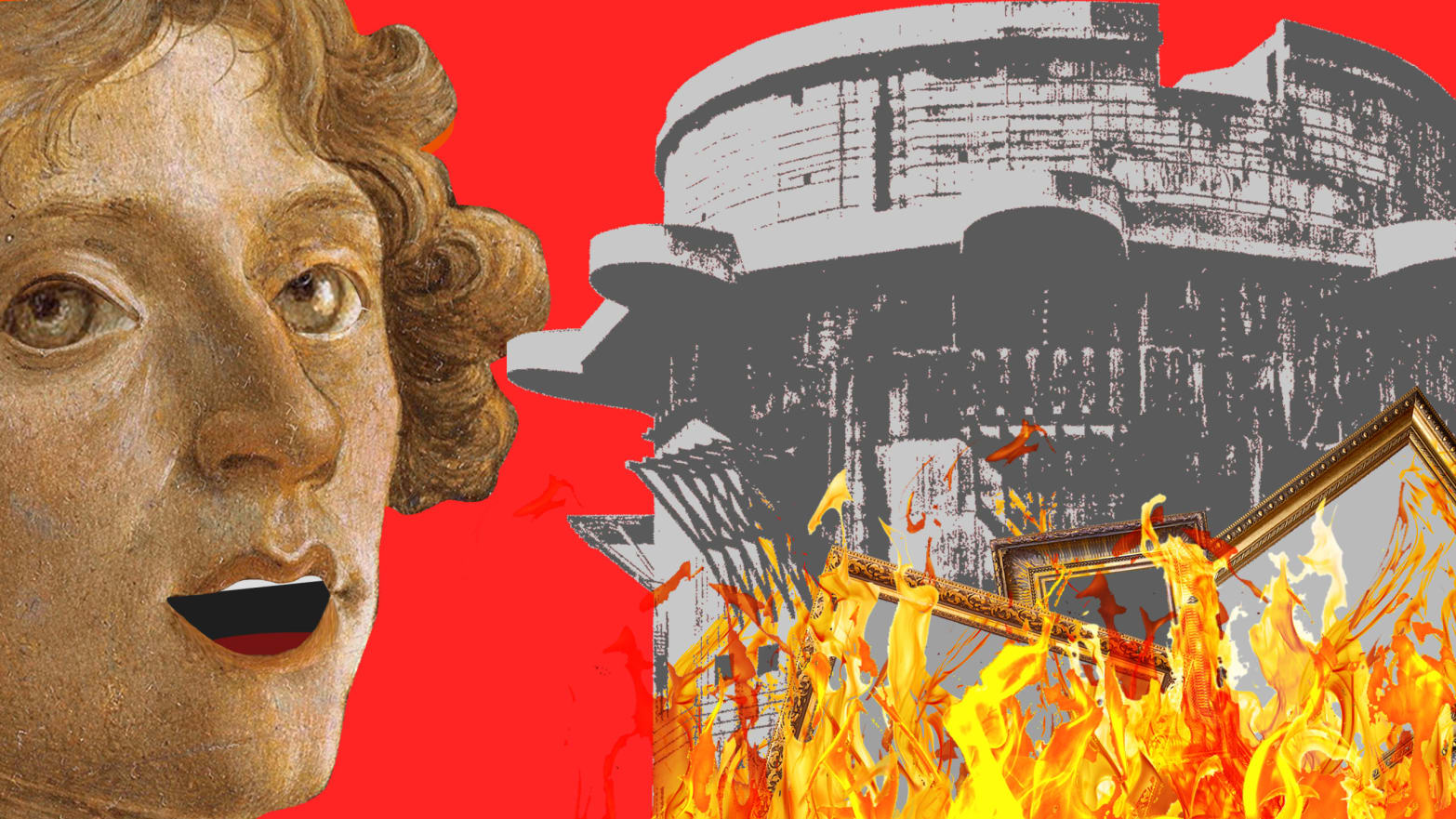
The Three Botticellis Burned in the World War II Battle for Berlin
They also state that Botticelli added oil to his tempera paintings to give them more of a sophisticated range of effects, and that is visible in this painting. Where to see it: Victoria and Albert Museum, London. 7. Madonna of the Magnificat. Sandro Botticelli, Public domain, via Wikimedia Commons.
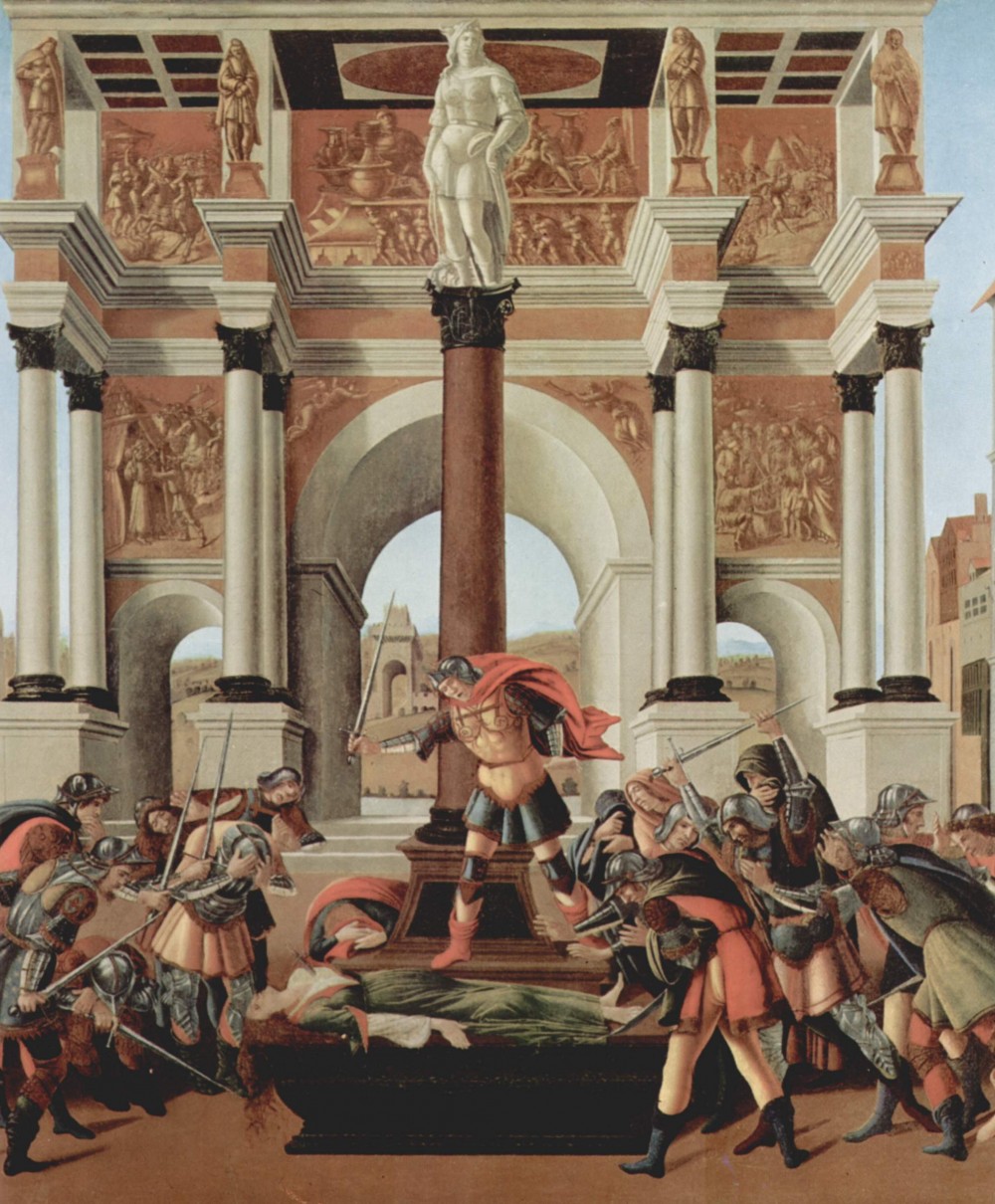
February 2010 The History Blog
Botticelli is said to have burned some of his pagan work at the infamous Bonfire of the Vanities. Sarah Cascone, January 27, 2017 Sandro Botticelli, Adoration of the Magi (circa 1475). Courtesy of the Uffizi Gallery.

Sandro Botticelli Wikipedia, the free encyclopedia Botticelli
The exhibition, the largest and most important display of Botticelli's works in the United States, features 24 paintings from international lenders and the MFA's own Virgin and Child with Saint John the Baptist (about 1500) as well as important loans from Harvard and the Isabella Stewart Gardner Museum.
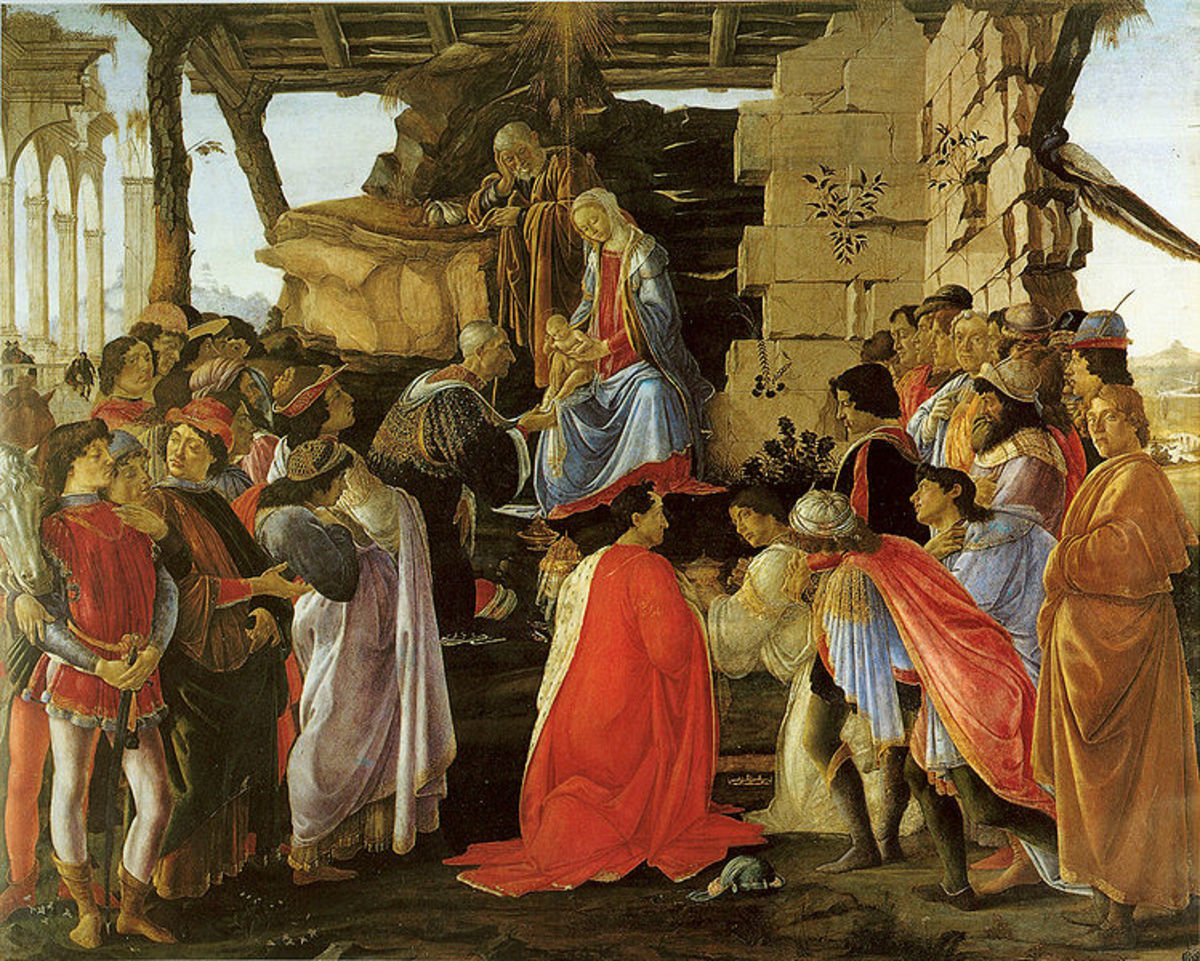
Sandro Botticelli and his Bonfire of the Vanities HubPages
Venus and Mars (or Mars and Venus) is a panel painting of about 1485 by the Italian Renaissance painter Sandro Botticelli. [2] It shows the Roman gods Venus, goddess of love, and Mars, god of war, in an allegory of beauty and valour. The youthful and voluptuous couple recline in a forest setting, surrounded by playful baby satyrs .

BOTTICELLI. INFERNO. 7, 8, 9 NOVEMBER 2016 IN CINEMAS YouTube
Breaking new ground, Botticelli's iconic Renaissance masterpieces used Christian themes and classic myths to celebrate his patrons, the Medici. Perhaps his most famous work, Botticelli's.

Venus (Sandro Botticelli) (Illustration) World History Encyclopedia
In 1481, together with great Florentine painters such as Ghirlandaio and Perugino, Botticelli was commissioned to create frescos of the Stories of Moses and Christ in the Sistine Chapel in Rome. He returned to Florence, now famous, by 1482, and was busy finishing a series of large paintings, such as The Spring (1478-1482) and The Birth of Venus.

Botticelli’s Gruesome Paintings Reveal a LittleKnown Side to His Work
THE PRIEST WHO CONVINCED BOTTICELLI TO BURN HIS PAINTINGS Jeffery Chan Sandro Botticelli is a name associated with some of the greats of the Italian Renaissance. He was born in 1445 at the heart of a cultural transformation, emerging from the prosperous city of Florence.

Review Jerry Saltz on Sandro Botticelli’s La Derelitta Vasari
Botticelli burned his own paintings on pagan themes in the notorious "Bonfire of the Vanities". Earlier, Botticelli had painted an Assumption of the Virgin for Matteo Palmieri in a chapel at San Pietro Maggiore. In this painting, it was rumored, both the patron who dictated the iconic scheme and the painter who painted it, were guilty of heresy.
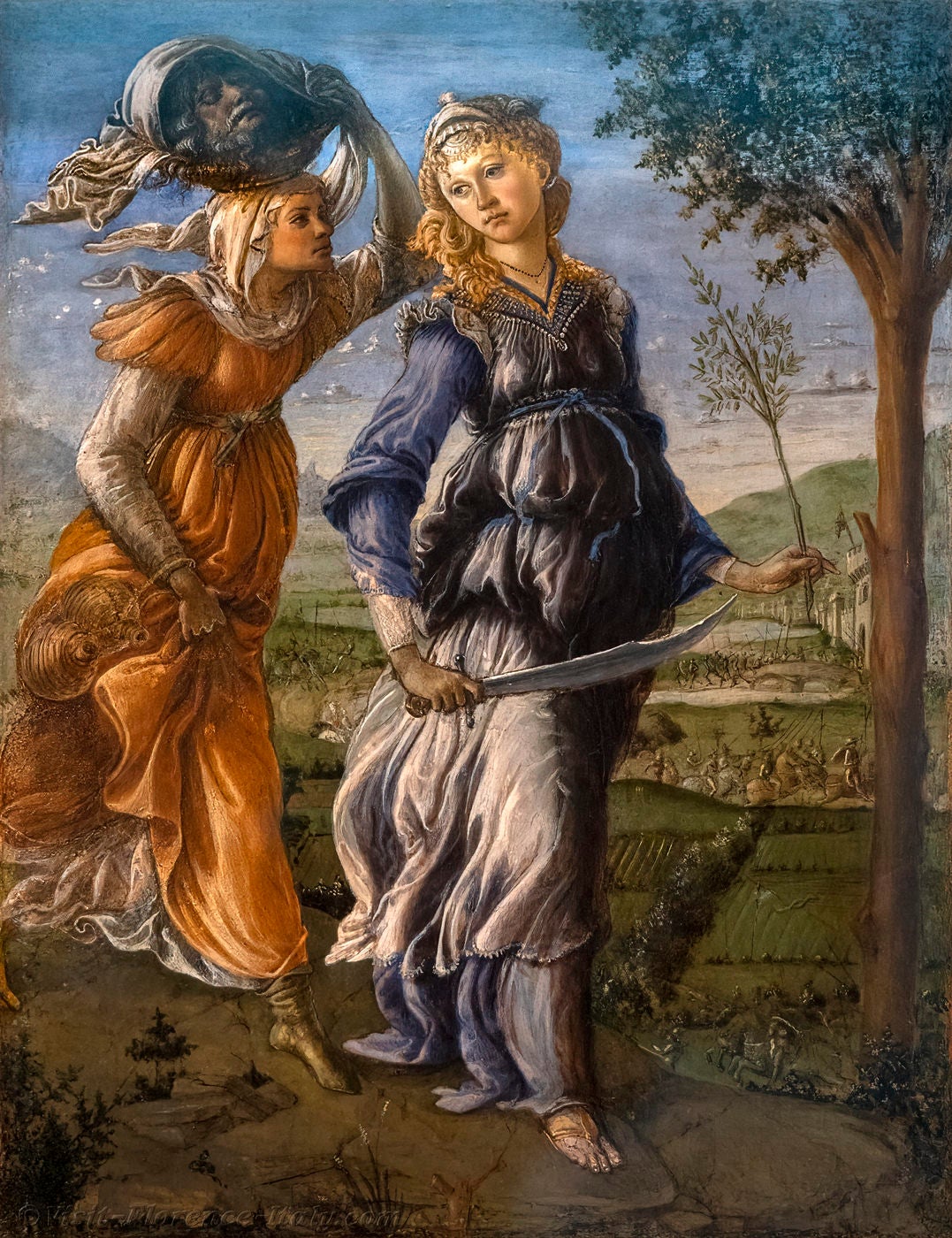
Botticelli Judith Head Holofernes Uffizi Gallery in Florence
Already in this first phase, Botticelli's technique appears aimed at obtaining the maximum brilliance and luminosity. On the perfectly smooth preparation, the artist executed a charcoal drawing with which, according to the rules of tradition, he set the composition and identified the forms. The drawing, once the excess charcoal was swept away.

Sandro Botticelli Renaissance, Art, Florence Britannica
Sandro Botticelli Italian painter Cite External Websites Also known as: Alessandro di Mariano Filipepi Written by Ronald W. Lightbown Keeper of Metalwork, Victoria and Albert Museum, London, 1984-89. Author of Sandro Botticelli ( 2 vol.) and others. Ronald W. Lightbown Fact-checked by The Editors of Encyclopaedia Britannica
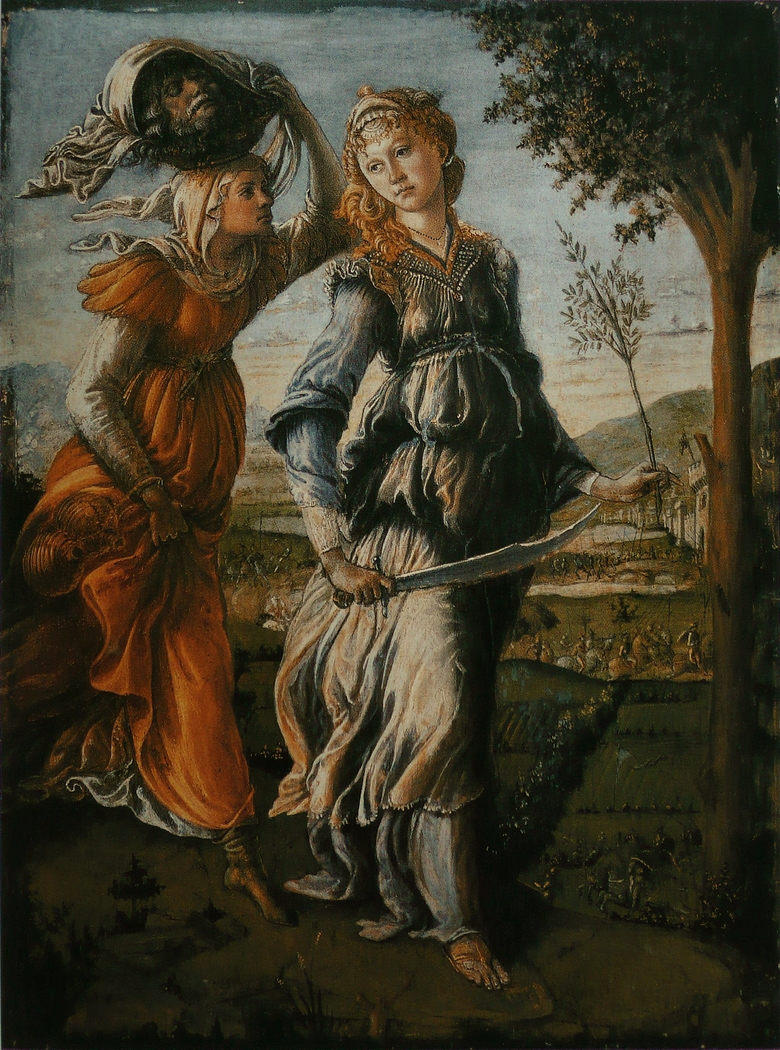
Untitled by Sandro Botticelli USEUM
Culture The Three Botticellis Burned in the World War II Battle for Berlin Lost Masterpieces As the Soviets invaded Berlin in early May 1945, the site in which three of Botticelli's paintings.